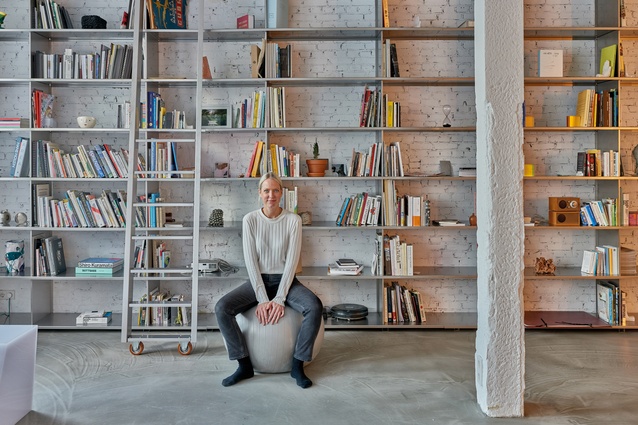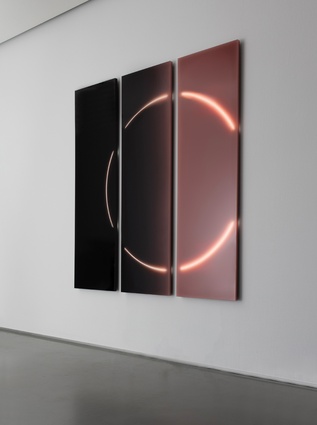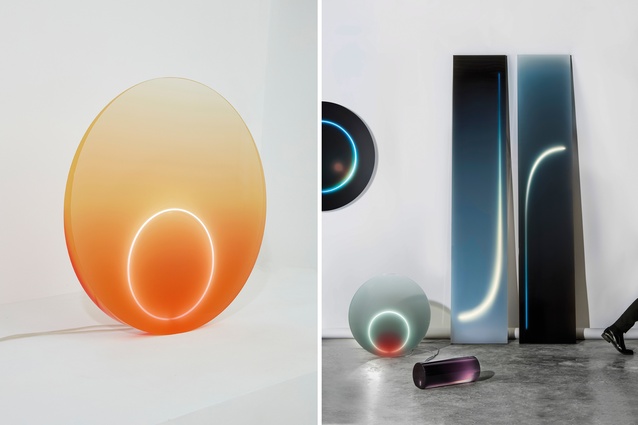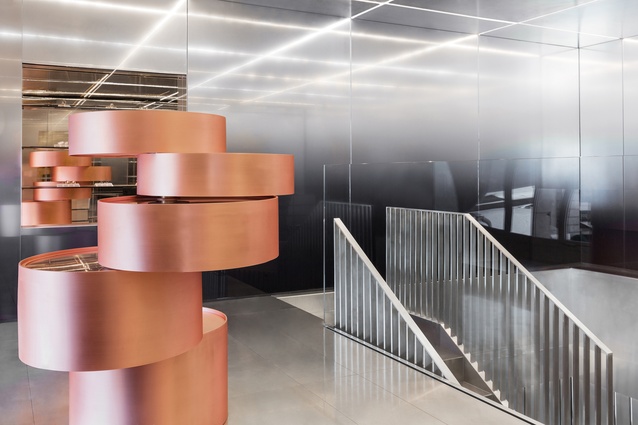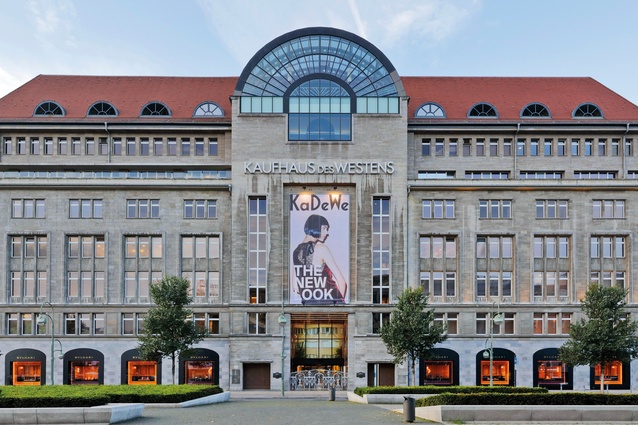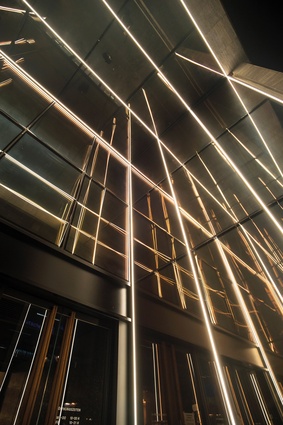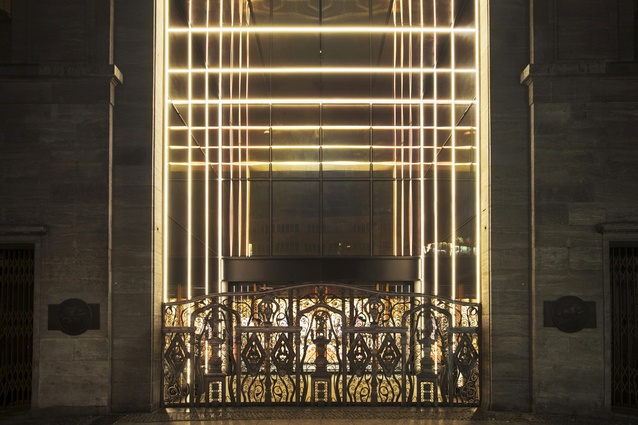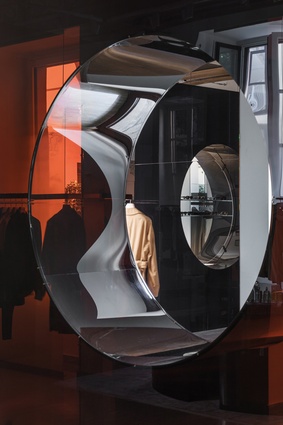Designer interview: Sabine Marcelis
Dutch-born and Victoria University of Wellington-educated Sabine Marcelis has created a strong industrial design brand in Europe.
Sabine Marcelis has difficulty defining what she does. Yes, she’s a designer but what exactly does she make? Her signature is stamped on products, installations and interior objects but the final result of each output generally becomes clear only along the way. “I don’t start something by sitting down in a chair with a sketchbook,” she says.
“More often than not, each new piece builds on something that happened in a previous project. Maybe I’ll create a cool effect and want to explore it further at a later date. Will it become a sundial or a light? I wait and see.”
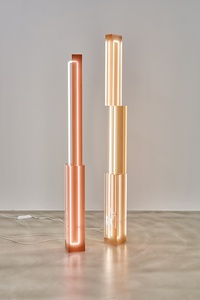
Exploring materiality is Marcelis’ modus operandi. She collaborates with industry specialists to bring matter – predominantly glass and resin – to life. Her relationship with a glass manufacturer, for instance, began back in design school and has led to ongoing experimentation.
The designer was drawn to glass and resin for the huge potential they offer. “Adding different layers to glass produces different effects, from matte to mirror and everything in between. With resin, it’s the same; the outcome depends on the recipe.”
Born in the Dutch city of Alkmaar, Marcelis grew up just outside of Rotterdam, the city she now calls home. Much of her adolescence, though, was spent in New Zealand. She was 10 years old when her Dutch parents fancied a change of lifestyle and shifted to the other side of the world.
Having never set foot in New Zealand, they planned to tour the North Island in a campervan before eventually putting down roots in Christchurch. Upon arriving in Waihi, however, the family was overcome by the small town’s charm and chose to stay.
At age 21, Marcelis ventured to Victoria University of Wellington to study industrial design. After two years in the Kiwi capital, she felt restless. Her connection to the Netherlands pulled her to renowned Dutch institution Design Academy Eindhoven (DAE), a place she believed she’d have more freedom for conceptual thinking.
Looking back, Marcelis feels she “got the best of both worlds” – the technical and practical side from Victoria, and a sense of independence from DAE. “Those skills were crucial when I started out on my own.”
Marcelis started out by flying under the radar. “I launched a studio after graduating and thought, ‘Now I work for myself’. But I didn’t have any projects.” Some fashion-related assignments initially came her way “but the public didn’t know about them”. She also began collaborating with acclaimed architecture practice OMA. In other words, her work was out there but hidden behind the façade of bigger names.
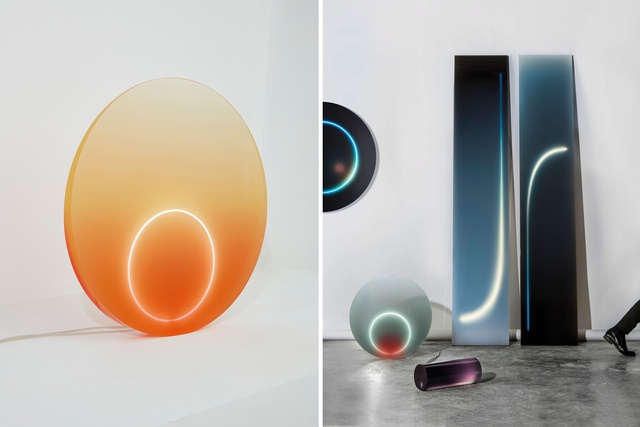
It was when Victor Hunt Gallery showcased her Dawn light series at Design Miami/ in 2015 that Sabine Marcelis, the designer, came into focus. “I wanted to work with neon lights,” she recalls. “Dawn was about exploring what happens when an illuminated strip comes into contact with another material, manipulating and disrupting it.”
That one project suddenly generated plenty of press and a show in Rotterdam’s Museum Boijmans Van Beuningen followed. Because I had a lot of other work about to come out – the Repossi store for OMA, my cast-resin Candy Cubes, the Seeing Glass mirrors I did together with Brit van Nerven – there was so much reserve ammo for the press to jump on.”
Repossi in Paris marked Marcelis’ inaugural augmentation from object to space. Playing the interior’s minor role of material designer, she developed reflective walls that gradually tint for the jewellery boutique. “It was the first time I’d had to consider how you perceive a completely mirrored space, rather than presenting a mirror as an object within a space.” Repossi had a knock-on effect, too; Marcelis went on to develop an entrance for OMA’s KaDeWe department store in Berlin and is currently working with the architects on an upcoming building in Japan.

Marcelis’ to-do list always includes a mix of commissions alongside self- or gallery-initiated work. The latter has no client in mind, giving the designer carte blanche – “they’re quite selfish undertakings”.
Commissions for brands and architectural projects are increasing, which she finds incredibly interesting. “I’m obviously not trained as an architect but I’m fortunate that people trust me to work in that way. My team now includes three architects, who are focusing on a big interior project in Russia. I find it important to link these commissions back to the brand so that the whole story makes sense, but I never want to compromise my ideas to make them more commercial. My work shouldn’t be an ad campaign.”

A case in point is Fendi’s 2018 Design Miami/ contribution. The fashion house collaborates with a designer for the yearly event, the results of which, typically, are furniture. In a bid to “do something different”, Marcelis is making 10 fountains.
“When I dug into the archive to understand the brand better, the theme of water kept reappearing.” Fendi restored Rome’s famous Trevi Fountain, for example, and photos by the brand’s artistic director Karl Lagerfeld appeared in an exhibition called The Glory of Water.
Marcelis decided to treat H2O as a material, examining how its form changes in response to various resin structures. “It’s my first time working with complicated moulds. I often shy away from organic shapes in favour of pure and simple ones. But this project demanded something else.”
Until now, Marcelis feels she’s been riding the incoming waves and taking things as they come. But those waves have been rather high. “It’s not the healthiest way to live,” she says. “I’d like to focus on fewer ventures that are larger in scale. I’m fondest of site-specific custom projects. Objects like my Candy Cubes become less interesting after a while; it’s the same thing over and over again. I prefer the challenge of creating something new.”
This article first appeared in Interior magazine.


